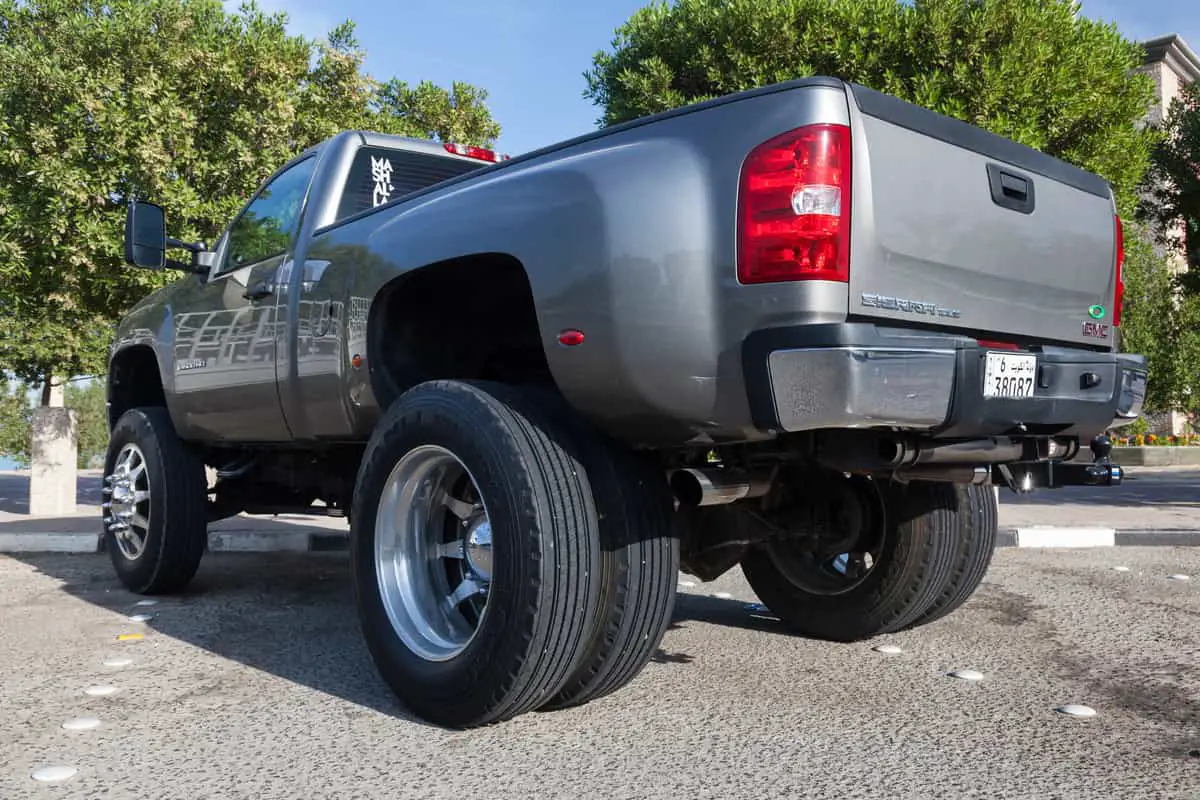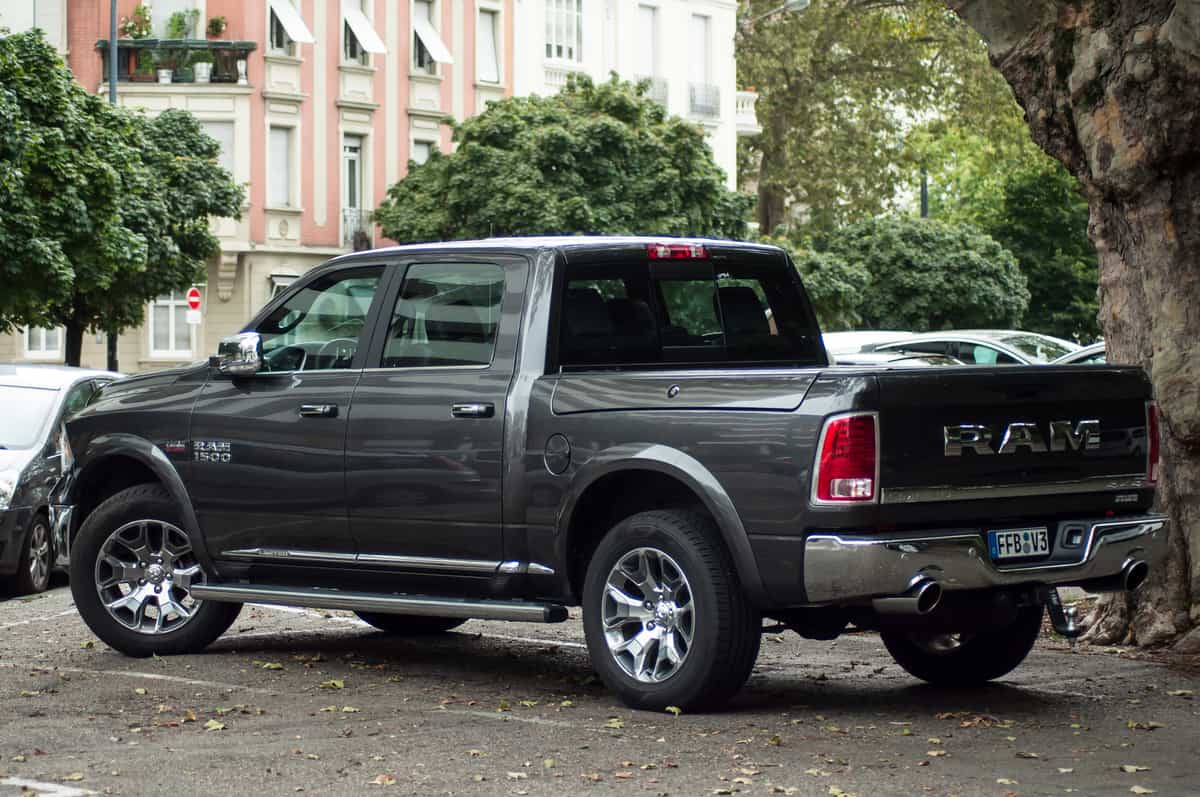Lifting a vehicle improves its appearance and balance. However, this action always generates concerns about the shocks. Would the stock shocks still be helpful, or would you need to replace them?
You can use stock shocks with a 2-inch leveling lift kit. However, you’d need to install spacers between the strut and the strut tower to lift the front of the car. Body and suspension lift kits will require new shocks.
Want to raise your car? Read on to learn more about the different types of lift kits and the pros and cons of using lift kits.

Types of Lift Kits and Their Perks
There are different types of lift kits, each with its purpose. The three types of lift kits are:
- leveling lift kits
- suspension lift kits
- body lift kits.
Let’s examine each type and see what sets them apart.
- Leveling lift kits: The leveling lift kit only lifts the vehicle’s front end. Some automobiles are designed with the rear end being higher than the front. Installing a leveling kit will put both the front and back on the same level. Although a new shock will serve you better with a 2″ (5.08 cm) lift, you can use spacers to get the same result.
- Body lift kits: A body lift kit raises the vehicle’s body and separates it from the frame. It’s lowered by lifting the serve with spacers or blocks. This lift kit is the most affordable to install of all the lift kits. People love this lift kit for the extra height it gives their vehicle. Body lift kits also allow you to put wider tires. However, one major drawback is that this lift kit doesn’t provide enough clearance.
- Suspension lift kit: A suspension lift kit raises the vehicle’s suspension entirely, providing extra clearance. It can elevate your car by up to 18 inches. A suspension kit requires a complete replacement of the front and rear shocks and leaf springs. A vehicle with a suspension raise can ride through rocky terrain without damage.
Do You Need a Lift Kit for Your Vehicle?
Manufacturers produce vehicles for specific purposes. While some are designed for utility purposes like trucks and vans, others are for basic commuting. Therefore, vehicles differ in size and capacity.
So, if you use a car for its suited purpose, you should have no problems with its stock parts unless you want to change damaged parts.
You may not need a lift kit because your car’s level and build are adequate for a particular kind of use. However, your preferences, activity, and environment may necessitate raising your vehicle.
- Preferences: If you want to improve your vehicle’s appearance, raising it by a few inches would help, in addition to other tweaks.
- Activity: If you regularly use your car to carry heavy stuff, you’d need to install bigger and stronger tires. Suspension lift kits create more clearance for bigger tires.
- Environment: Some people live in areas with rocky terrain, and driving along these paths may be difficult unless you raise your car.
Advantages of Installing a Lift Kit
Riding a lifted car has its perks. There are several reasons why people choose to raise their vehicles.
- Style and comfort: A lifted vehicle has more balance and looks more attractive than a non-lifted one. In addition, riding is more comfortable, especially when driving past bumps and rocky terrains.
- Suitable for rough roads: A lifted vehicle has more ground clearance. Ground clearance refers to the extra space at the base of your car. You can drive on more uneven roads without worrying about any damage with a raised vehicle.
- Tire clearance: A lifted car affords you the space to install bigger tires on your vehicle. The bigger the tires, the more load the vehicle can carry, and the more off-road riding it can handle. Bigger tires are much cooler, stronger, and not easily punctured. With bigger tires, riding through rough paths will not be a problem.
- Ease in getting under the vehicle: If you have any repairs and need to get under your car, a lifted vehicle makes it easier and safer, especially for a non-mechanic.
- Enhanced visibility: Lifting your vehicle increases its height, allowing you to see farther than when on a non-lifted car. Improved visibility enhances your driving safety, especially at night.
- Variety: Apart from suspension lift kits, you can install the leveling and body lift kits without changing your vehicle’s OEM shocks. On the flip side, you can raise your car as high as 12 inches (30.48 cm) with suspension lift kits. In a nutshell, you have various options to adapt depending on your preferences.
The Downside of Installing a Lift Kit
As much as there are some advantages to a lifted vehicle, there are also some downsides. Two of the most prominent issues with installing a lift kit include handling problems and increased fuel consumption.
- Handling issues: Adding a lift kit affects the handling because it now has a new center of gravity. Therefore, you’ll need to make some adjustments. You’ll also need to check your speed while driving a lifted vehicle, but there’s the tendency to lose control. Taking a sharp turn can result in tumbling.
- Increased fuel consumption: Lifted cars require more gasoline to operate, especially those with larger tires. It takes more fuel because the vehicle has to work harder to roll those big tires while hauling a heavier body.

Wrap Up
Raising your car gives it a better look and improved balance. It also makes navigation easier on rocky terrain. Lift kits help with this task. There are three types of lift kits – leveling, body, and suspension lift kits.
Leveling lift kits raise only the vehicle’s front end, bringing the front and back to the same level. You can use a 2-inch lift on your stock shocks – you don’t need to replace them.
Body and suspension lift kits usually require changing the shocks. Note that you may experience problems with your handling and increased fuel consumption.
Sources
- OverlandTerrain: Do I Need New Shocks With a 2 Inch Levelling Kit
- AudioCityUSA: 3 Different Types of Lift Kits in 2020: Lift Your Ride to New Heights
- Auto-addons: Lift Kits
- Park Muffler Radiator Brakes and Tires: Benefits of Installing a Lift Kit on Your Truck
- MNF4x4: What is a Suspension Lift Kit and What are the Advantages?
- Trick Trucks: Pros and Cons of a Lift Kit
- Trick Trucks: Lift Kits
